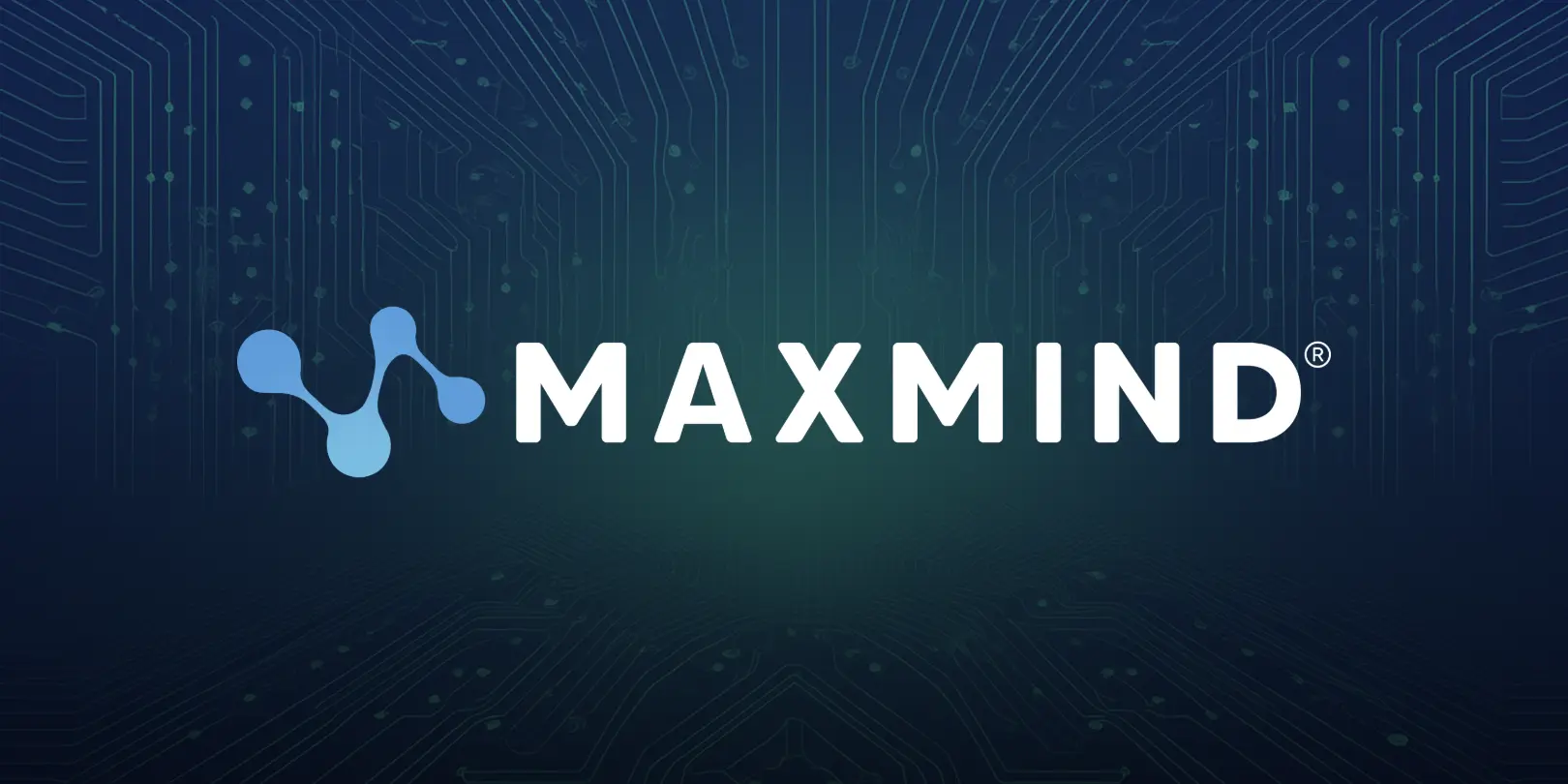Welcome to a new installment of MaxMind’s Best Practices Blog Series!
In discussing best practices, our focus is on efficient fraud screening methods which stop fraud while providing a positive customer experience.
Key to efficient fraud screening is automating as many decisions as possible.
In this post, we discuss the crucial role of minFraud’s riskScore to automated decision making.
What is the riskScore?
The riskScore is the starting point for fraud detection best practices. It indicates the likelihood that a given transaction is fraudulent, and so should be calculated for each e-commerce transaction.
The riskScore is generated by submitting information about the transaction for analysis. Possible inputs include IP address, shipping address, email MD5 hash, and the IIN (Issuer Identification Number, also commonly referred to as BIN); it’s best to provide as many inputs as possible. The minFraud service then checks these inputs against a vast history of transaction data and returns the riskScore.
How do I use the riskScore, once I have it?
The beauty of a risk score is that it enables you to use your manual review resources wisely. You can automatically accept orders which receive a low riskScore, automatically reject orders which receive a high riskScore, and manually review all other transactions.
What’s the magic number at which I should do manual review?
It’s important to choose an appropriate risk score threshold. If it is too low, you will reject orders which would have otherwise contributed to your revenue; if it is too high, you run the risk of incurring chargebacks unnecessarily.
We recommend upfront research so that you find the risk score that matches the specifics of your business. Take a look at your historical data on chargebacks; what was the riskScore associated with these transactions? Keep track of decisions made during manual review and the riskScore associated with each. Use historical data to identify trends and adjust your riskScore threshold accordingly. And of course factor in your personal tolerance for risk.
So how does a riskScore save me time and money?
Use the riskScore to automate processing of low and high risk transactions. Save your manual review resources for transactions that need closer scrutiny. Save money, reduce chargebacks, all while you maximize conversions.

